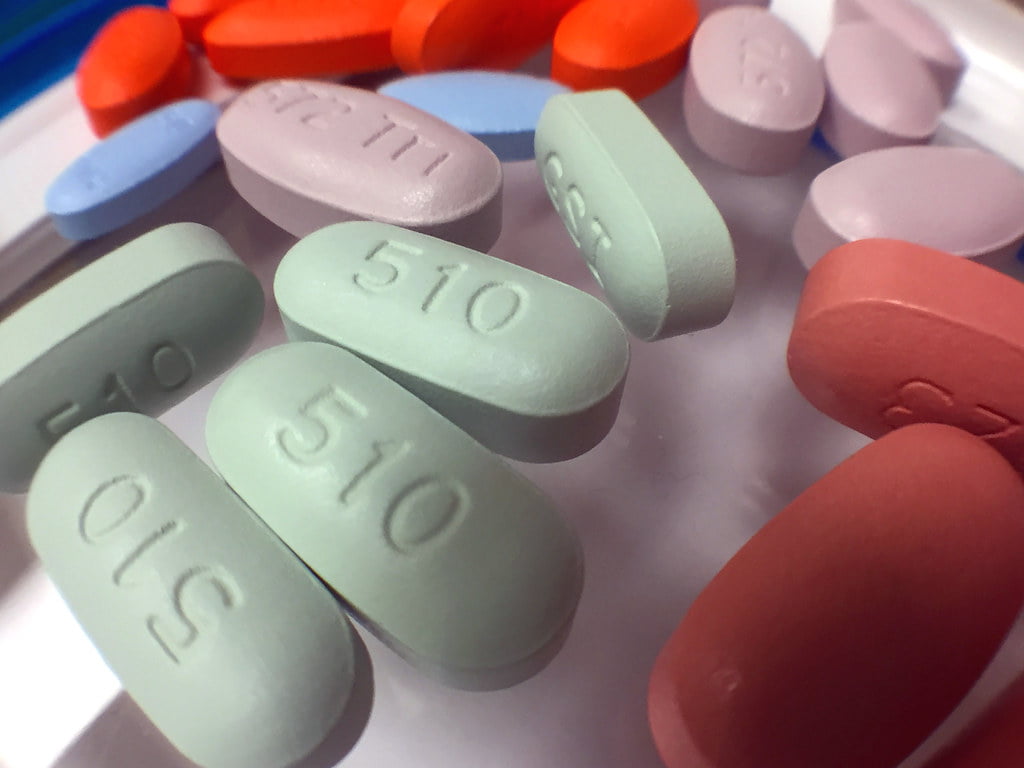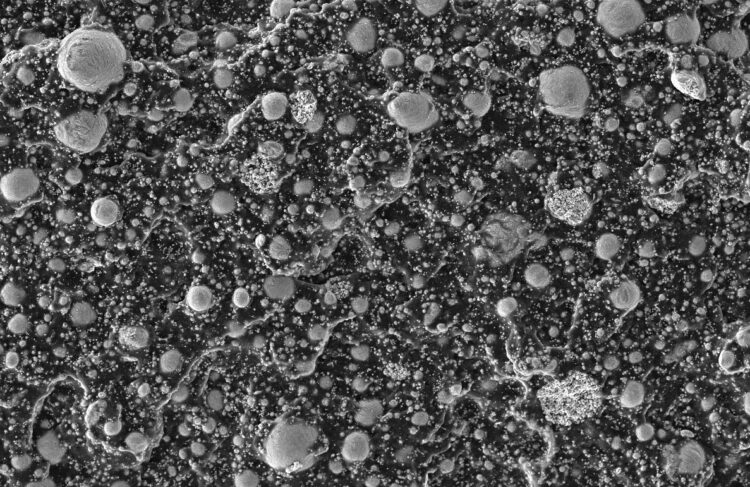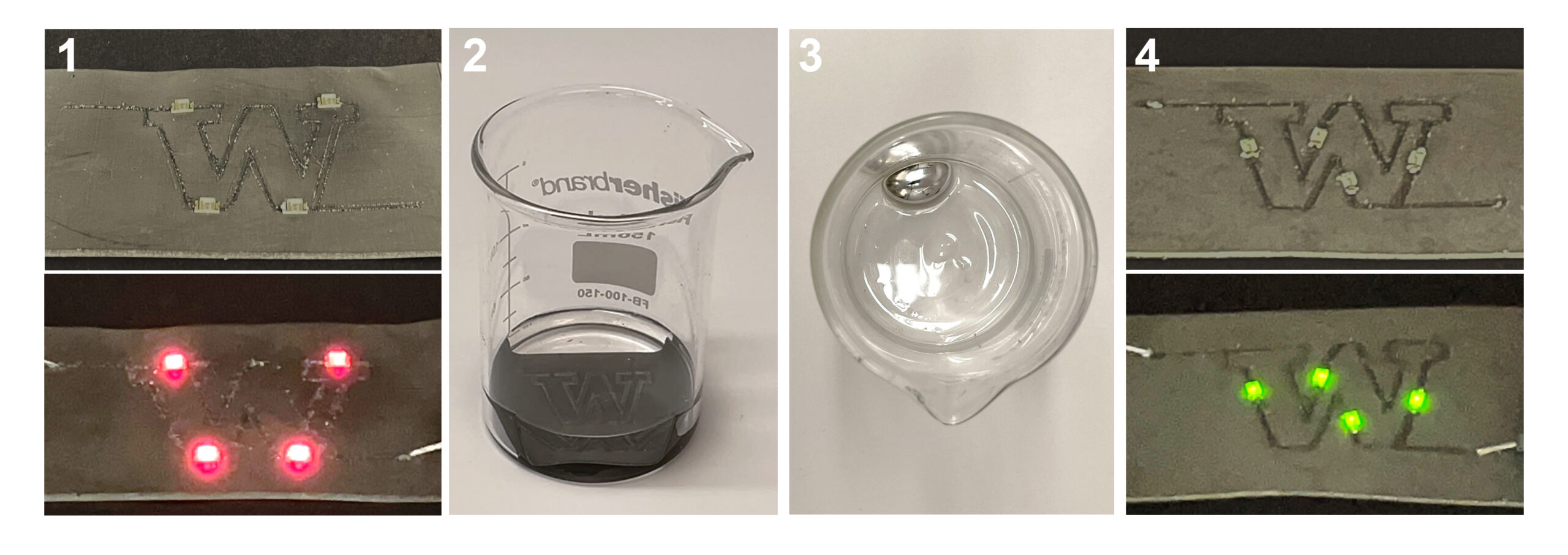Sindh releases PSO oil cargo
Relaxes cess rules till Oct-end
Efforts on to find permanent solution
…

Sindh releases PSO oil cargo
Relaxes cess rules till Oct-end
Efforts on to find permanent solution


Earlier in the day, this season’s British Open winner and Xi’an Grand Prix finalist Murphy progressed to round three with a 4-2 win over Elliot Slessor.
“While there were no big centuries I was pleased that when I did get my chance I was able to…

A once-weekly oral regimen combining the HIV capsid inhibitor lenacapavir and the experimental nucleoside reverse transcriptase translocation inhibitor islatravir maintained viral suppression, according to study results presented at the European…

Chelsea romped to a 5-1 win over Ajax at Stamford Bridge as Brazilian teenager Estêvão provided further evidence of his scintillating talent.
It would be tempting to read into a crushing Champions League victory that Enzo Maresca has finally got…
This request seems a bit unusual, so we need to confirm that you’re human. Please press and hold the button until it turns completely green. Thank you for your cooperation!

NEW YORK — NEW YORK (AP) — Tesla, the car company run by Elon Musk, reported Wednesday that it sold more vehicles in the past three months after boycotts hit hard earlier this year, but profits still fell sharply.
Third-quarter earnings at Tesla fell to $1.4 billion, or 39 cents a share, from $2.2 billion, or 62 cents a share, a year earlier. That marked the fourth quarter in a row that profit dropped. Excluding certain charges, earning were 50 cents per share, down from 72 cents per share a year ago and below the 56 cents forecast by Wall Street analysts.
Revenue rose to $28.1 billion from $25.2 billion in the June through September period, beating Wall Street’s forecast.
Tesla shares fell 1% to $434.82 in after-hours trading
Financial analysts have been upping their estimates of revenue since Musk announced earlier this month that sales of electric vehicles, one part of the multipronged business, rose 7% in the quarter after plunging for most of the year.
The sales were boosted by customers rushing to take advantage of a $7,500 federal tax credit for those EV purchases before it expired on Oct. 1, possibly stealing sales from the current quarter.
Tesla was also helped by surging sales from its separate battery storage business, but the EVs still make up much of the overall revenue figures.
A much watched measure, gross margins, hit 18%, the highest for this year but still down from the third quarter a year ago. The figure, which shows how much money Tesla makes after paying staff, raw materials and other basic expenses, are also down from 25% four years ago as the company offers discounts and other incentives to fight back against rival EV makers that have been stealing market share.
Musk was predicting 20% to 30% sales growth for 2025 at this time last year, but it hasn’t turned out that way.
In addition to alienating potential customers with his embrace of right-wing politicians, sparking boycotts in key markets here and abroad, he also has failed to shake up his vehicle lineup with a new, exciting model or introduce a substantially cheaper car to appeal to the mass market.
___
An earlier version of this story incorrectly reported that Tesla’s profit had dropped for three straight quarters.

Producer.com The spread of bird flu has raised concerns among governments and the poultry industry after it killed or led to the culling of hundreds of millions of poultry in recent years, disrupting…

October 22, 2025
Researchers at the University of Washington created a recyclable composite material made of tiny droplets of liquid metal infused into a stretchy polymer. The droplets, pictured in this microscope image, can be connected easily together to form an electrical circuit.Y. Han/Advanced Functional Materials
Electronic waste is piling up around the world at a rate that far outpaces recycling efforts, partly because it’s so costly and time-consuming to recover useful materials from discarded gadgets. When processed improperly, spent electronics can expose workers and the environment to lead, mercury and other toxic chemicals. Without systemic changes, our global appetite for electronics could produce an annual 90 million tons of electronic waste by 2030.
This conundrum inspired a team at the University of Washington to create an easily recyclable material that could one day replace many traditional circuit boards, the foundation of most electronics. The new material is flexible, self-healing and can be made conductive without additional components.
This research was supported by a National Science Foundation grant to fund a UW graduate student internship at Oak Ridge National Laboratory.
This suite of features could help produce a more sustainable generation of wearable electronics, soft robotics and more.
“We created a lot of functionality within one material,” said senior author Mohammad Malakooti, a UW assistant professor of mechanical engineering. “Our goal is to build a widely useful platform for flexible, reusable devices.”
The new research was published Sept. 12 in Advanced Functional Materials.
Conventional circuit boards pass electrical signals through conductive metal traces, which are bonded to a rigid board commonly made of fiberglass and resin. In contrast, the new material is a soft and stretchable composite made from a recyclable polymer infused with microscopic droplets of a liquid metal alloy based on gallium. A circuit can be created on this composite by lightly scoring a pattern into its surface, which connects adjacent embedded droplets and allows electricity to flow. The rest of the material remains electrically insulating.
Malakooti’s research lab has been experimenting with liquid metal-infused polymers since 2019 — the team uses machine learning to explore different iterations of composites. It’s proven to be a promising class of materials, but the rising cost of the liquid metal motivated the team to focus on reusability.
The new composite has a few tricks up its sleeve. The polymer holding the liquid metal droplets is still stretchy and strong, but it can be broken down through a simple chemical process, freeing the metal for reuse. In experiments, researchers recovered 94% of the metal from their samples.

Researchers demonstrated easy reclamation and recycling of 94% of the liquid metal in the newly created composite material. In their demonstration, a composite sample with a functioning circuit (box 1) was dissolved in a series of chemical solutions (box 2), allowing most of the liquid metal within it to be isolated (box 3). The metal was then used to create a fresh composite sample complete with a new functioning circuit (box 4).Y. Han/Advanced Functional Materials
The composite also has self-healing properties. Users can cut the material into pieces, rearrange them, and bond them back together using only heat and pressure. An electrical circuit chopped up in this manner will still function when reconnected in a new configuration.
Malakooti envisions a new wave of electronics built with composites like this one, but also a new paradigm for use and reuse. Instead of mass producing gadgets and then tossing them out, he argues, we could design devices and their components to be used, repaired, reconfigured and ultimately recycled.
“We’re trying to make a difference now to shape the future of flexible and wearable electronics,” Malakooti said. “We can’t make all these devices and then go back and try to figure out how to recycle them. That’s how we ended up with the electronic waste problem we face today. I want to tackle this problem from the very start.”
Co-authors include Youngshang Han, a UW doctoral student of mechanical engineering; Shreya Paul, a UW undergraduate student of mechanical engineering; and Sargun Singh Rohewal, Sumit Gupta and Christopher C. Bowland at the Oak Ridge National Laboratory.
This research was funded by the National Science Foundation and the Department of Energy.
For more information, contact Malakooti at malakoot@uw.edu.
Tag(s): College of Engineering • Department of Mechanical Engineering • Mohammad Malakooti • Research Makes America

Hugo Ekitike scored on his return to Eintracht Frankfurt as Liverpool ended their four-match losing streak with a confident 5-1 Champions League comeback victory in Germany.
The France international, who scored 26 times in 64 matches for the